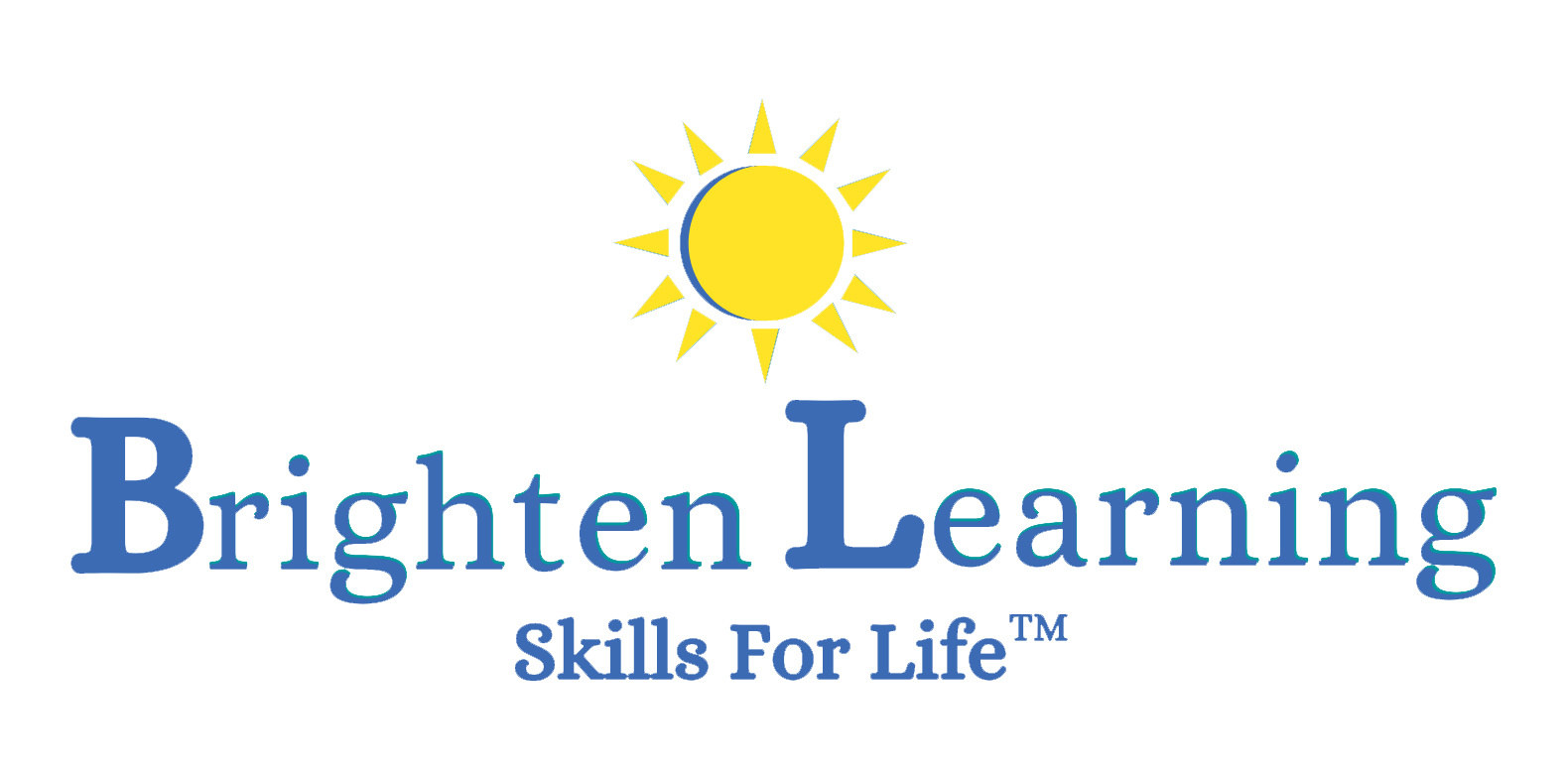Image credit: Unsplash Source: https://unsplash.com/photos/UFG04g43hqs Article written by Rachel Jameson There are a number of…
Addressing Bullying with SEL
Statistics from 2013-14 report more than 6 million students (13% of the population or 1 in 8 students) were absent 15 or more days of school. Over 500 school districts reported absenteeism of up to 30% for at least 15 days a year.
Unfortunately, this is a nationwide problem.
Out of an estimated sum of more than 600,000 secondary students:
- One-quarter of high school student report acts of bullying in the past 12 months
- 5% of students missed one or more days of school in concerns for their safety in the past 30 days
Bullying Laws
- 46 states have incorporated bullying laws into their legal system, enforcing school districts to enact anti-bullying policies, 3 of which do not provide the definition of the term “bullying”
- 36 states include “cyberbullying” or any form of bullying over electronic media, as a part of these bullying laws
- 13% of states assert the authority of the school system to behavior of students off-campus, when it begins to create a “hostile” environment.
- 41 states have bullying policies, 12 of which are not mandated under law
- Schools located in places where the legislation is more complex school policies pertaining bullying than those that are not
Laws are a Beginning but More is Needed
A study by the American Institute for Research creates a correlation between SEL programs and decrease in bullying, bringing an emphasis on “school-wide” programs that target not only the “victims” or “bullies,” but also bystanders and educators, from teachers to administrative staff. With everyone playing an active role in SEL and anti-bullying prevention, the core values of these programs integrate into situations beyond the classroom, such as the “hallway, cafeteria, playground,” and home.
There are a number of categories of social and emotional skills that these programs address:
- Self-awareness & Self-management:
- “Recognize and manage emotions in order to respond to conflict in calm and assertive ways.”
- Social awareness:
- “Be tolerant and appreciative of differences, and interact empathetically with peers.”
- Relationship skills
- “Initiate and sustain friendships and other relationships.”
- “Resist social pressure to enable, encourage, or directly participate in bullying, and actively defend victims.”
- “Be able to seek help from peers or other adults when needed.”
- Responsible decision-making
- “Think through and resolve social problems effectively and ethically.”
There are reasons why the SEL approach is a beneficial way to looking at anti-bullying tactics.
For one, studies show that “bullying is actually a group phenomenon,” attributing responsibility to the bystanders, as well as the bully and victim. This perspective allows the situation to be analyzed as a whole, evaluating the problem from the individual-, peer-, school-, community-, and familial-level to balance the factors that contribute to bullying.
SEL brings a focus on the “social, emotional, and moral climate of the school, as well as on the social and emotional competence of the entire school body,” becoming the more effective way to prevent bullying, through “a combination of school-wide rules and sanctions, teacher training, classroom curricula, conflict resolution training, and individual counseling.”
How can we improve the situation in our schools?
- By adding Social Emotional Learning (SEL) and Positive Behavior Systems (PBIS) into our school system.
- Incorporating positive behavior and effective communication into our children at a young age, prevent future incidents of bullying and preparing them to take action against such behavior. Therefore, increasing their chance of finishing education, later on.
About Us
Cool School, by The Social Express, is the next generation of Social Emotional Learning
and Anti-Bullying solutions. Cool School was developed by psychologists and is based on proven video modeling techniques, which engage students while providing a safe place for students to learn how to communicate effectively.
Sources:
- http://www2.ed.gov/datastory/chronicabsenteeism.html
- https://www.cdc.gov/
- https://www2.ed.gov/rschstat/eval/bullying/state-bullying-laws/state-bullying-laws.pdf
